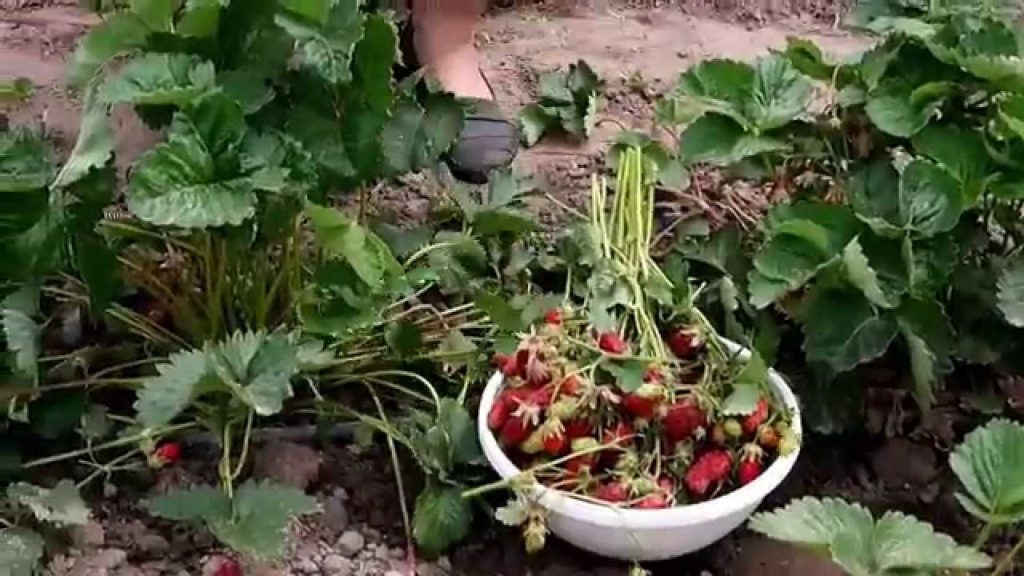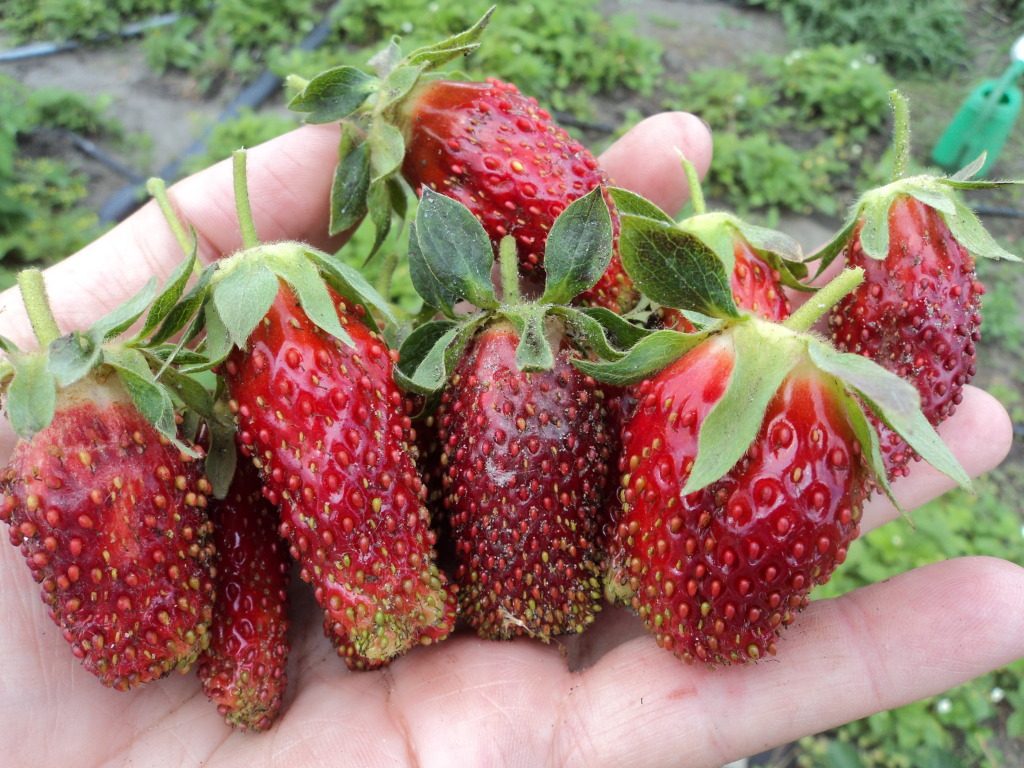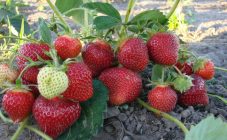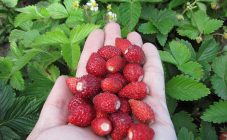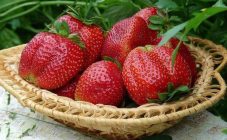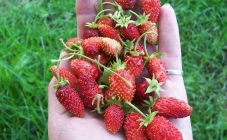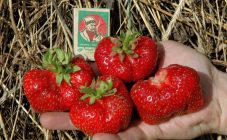Content:
Garden strawberries, as well as strawberries, are the first berry crops that ripen in the summer season, when the human body is so lacking in vitamins. Therefore, this berry culture can be found even in a small garden plot - a small bed of large-fruited strawberries can provide a good harvest for a summer resident's family.
Of the wide variety of varieties of delicious berries, the Kupchikha strawberry should be distinguished, a description of the variety of which will be presented below.
General information about culture
The Merchant's strawberry, which should be more accurately ranked as a type of "earth strawberry", appeared around the beginning of this century, but is already popular with gardeners from different regions of Russia, Ukraine, Belarus.
In the Bryansk region, in the village of Kokino, the Kokino strong point was created on the basis of the local state farm-technical school in the second half of the last century. In this strong point, they were first engaged in the development of new varieties of pears, and later breeders also began to develop new varieties and hybrids of berry crops - strawberries and raspberries.
The Merchant's strawberry garden was bred by the well-known breeder of the Kokino strongpoint S.D. Aitdzhanova. It was based on European nutmeg strawberries and large-fruited garden strawberries. The result was a new culture, the main advantages of which were taken from the "parents":
- large fruits;
- tall bushes;
- good productivity;
- excellent taste and marketability.
This hybrid was entered into the State Register. According to the official description of the variety, this strawberry is zoned for almost all regions of the country (except for the North and the Far North).
Characteristics and features of the variety
Merchant's wife is a strawberry variety that belongs to hybrids. Possesses remarkable varietal characteristics - large conical berries boast a pleasant sweet taste and a delicate strawberry-nutmeg aroma.
According to the ripening period, the Kupchikha dredge belongs to mid-season hybrids. The first berries ripen in the second decade of June, and many other varieties of garden strawberries and strawberries in this period only begin to actively emit peduncles.
The height of the bushes of this strawberry is up to 0.3 m, tall and wide rosettes in a radius can reach 20 cm. The foliage is trifoliate, wide, of a delicate emerald color. Each bush can throw out 14-16 powerful peduncles, on any of which up to 10 buds open. During flowering, all the bushes are covered with large white flowers, behind which the foliage is practically invisible.
In length, fruits can reach 5.5-6 cm, weight - up to 25 g. The first ripening fruits on peduncles can reach 30-35 g, and the subsequent ones are already smaller. Ripe berries are not prone to shedding, but they come off the sepals easily. Up to 450 g of the crop can be harvested from one bush of this hybrid. Moreover, the deterioration of weather conditions practically does not affect the yield of this variety.
The tip of the fruit, elongated in length, looks like a multi-cut shoulder blade. The pulp is firm, sweet in taste.
This variety gives a sufficient number of whiskers per season, so the gardener will not experience a shortage of seedlings.As early as next year, you can easily increase the size of the beds or even plant a new plantation.
The harvested crop perfectly tolerates long-distance transportation, does not lose its presentation and taste, and can be stored for a long time in a cool place. Merchant berries of this strawberry are universal - they can be eaten fresh, frozen for the winter, and also made jam, jam or covered with compotes.
Agrotechnics
It is not difficult to grow Kupchikha's strawberries, which is why it is so popular with novice gardeners. In addition, this variety does not require frequent transplants, because it bears fruit perfectly in one place for at least 5 seasons.
The planting of purchased seedlings can be carried out both in sunny beds and in partial shade. The variety is high-yielding, therefore, it is required to apply a large amount of fertilizer to the beds before planting seedlings, as well as regularly feed during the entire season. This hybrid can be planted in early spring or closer to autumn, from the second decade of August to the second decade of September.
The beds must be prepared in advance. Before digging up the site, half a bucket of organic matter (compost or humus) is introduced into it per 1 m², as well as 1 tbsp. l. ammonium nitrate, the same amount of superphosphate and 200 g of wood ash.
The hybrid should be propagated either with a mustache or by dividing the bushes when they are transplanted to another place.
Usually, when buying seedlings from nurseries, gardeners receive a shrub with a closed root system. Such seedlings are easy to plant, they quickly acclimatize in a new place and can begin bearing fruit (when planting in spring) within a couple of months after rooting.
Further care for this berry crop consists in regular watering, removing weeds, loosening the soil around the bushes, applying top dressing throughout the season (the frequency of fertilizing is about once every two weeks).
Advantages and disadvantages of the variety
The main advantages of this variety include:
- high resistance to cold - without shelter, the merchant's bushes can withstand frosts down to -22-24 ° С;
- seedlings of the variety take root well after planting - up to 99%;
- interesting appearance of ripe berries;
- good presentation and excellent taste of the harvested crop;
- the yield is stable and high throughout the summer season.
Gardeners who grow this hybrid on their backyards note that the variety has no obvious drawbacks - it gives consistently high yields annually, tolerates winter cold well, and can be grown both in sunny areas and in light partial shade.
It should also be noted that it is possible to improve the fruiting of Kupchikha strawberries in the middle lane by growing them in greenhouses.

